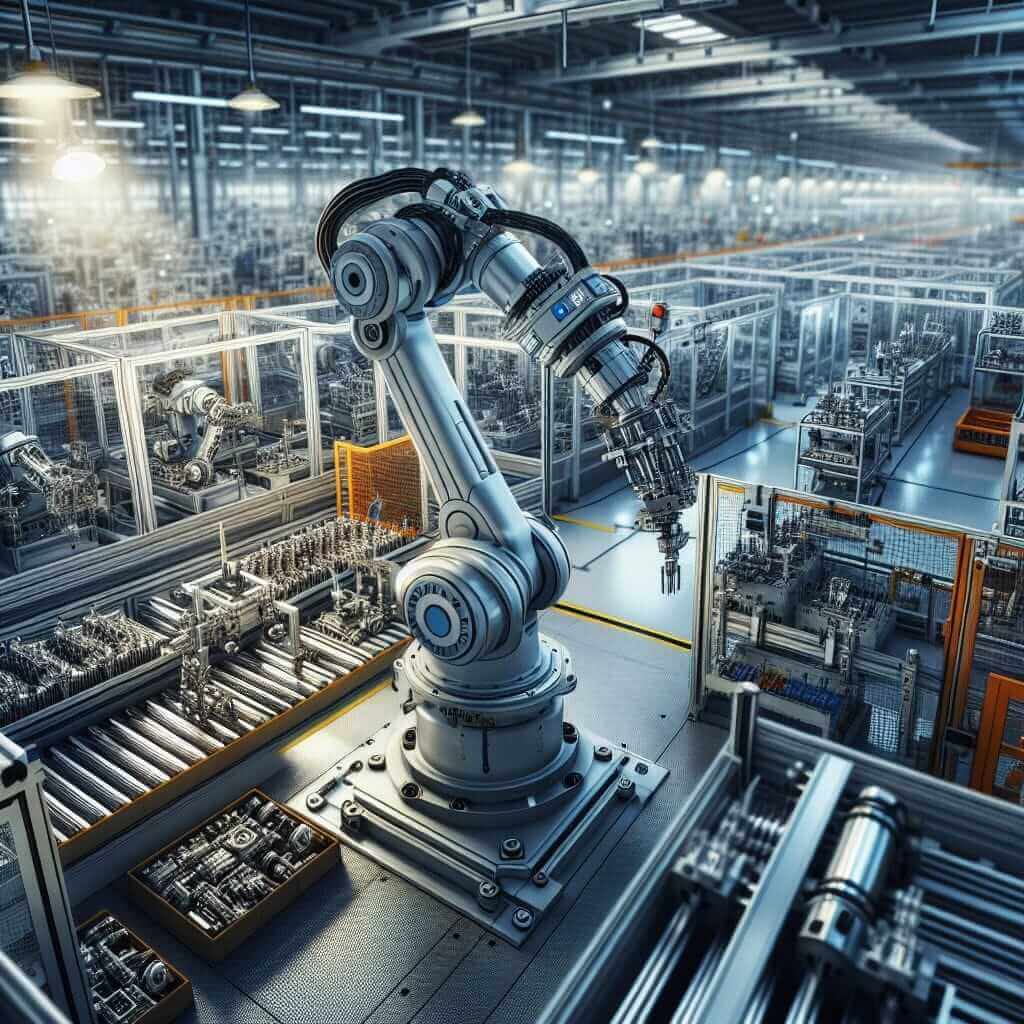The IELTS Reading test often features texts related to contemporary issues, one of which is “How is Technology Reshaping the Workforce?”. This topic captures the evolution of jobs and industries influenced by technological advancements. Such topics are not only relevant but also frequently appear in IELTS exams due to their significance in modern discourse. Given the prominence of this subject in recent years, the likelihood of encountering similar themes in future IELTS tests is high.
This article aims to provide a comprehensive practice reading exercise, complete with questions, answer keys, and explanations to help candidates excel in the IELTS Reading test.
Practice Reading Passage
Easy Text
How Technology is Reshaping the Workforce
Technological advancements have been a driving force in reshaping the global workforce. Over the past few decades, automation, artificial intelligence (AI), and digital platforms have significantly impacted various job sectors. This transformation has led to increased efficiency and productivity but also raised concerns about job displacement and the need for new skills.
One of the most prominent effects of technology is the automation of routine tasks. In manufacturing, robots now perform assembly line tasks that were once done by humans. This shift has increased production speed and precision while reducing the need for manual labor. Similarly, in the service industry, AI-powered chatbots are handling customer inquiries, allowing human employees to focus on more complex issues.
 factory-automation
factory-automation
Furthermore, digital platforms have created new job opportunities and flexible work arrangements. The gig economy, characterized by short-term contracts and freelance work, has expanded due to platforms like Uber, Upwork, and Fiverr. These platforms enable individuals to offer their skills and services to a global market, providing more employment options outside the traditional 9-to-5 job structure.
However, the rapid pace of technological change poses challenges. Workers need to acquire new skills to stay relevant in the job market. Many organizations are investing in training programs to help their employees adapt to new technologies. Additionally, there is a growing emphasis on digital literacy and advanced technical skills in education systems worldwide.
In conclusion, technology is fundamentally reshaping the workforce by automating routine tasks, creating new job opportunities, and highlighting the importance of continuous learning. While this transformation brings challenges, it also offers possibilities for a more efficient and dynamic work environment.
Questions
Multiple Choice
-
What is one of the most significant effects of technology on the workforce?
- a) Decreased production speed
- b) Automation of routine tasks
- c) Increased need for manual labor
- d) Decreased efficiency
-
How have digital platforms impacted employment?
- a) They have made 9-to-5 jobs obsolete.
- b) They have decreased job opportunities.
- c) They have enabled the gig economy.
- d) They have discouraged freelance work.
Identifying Information (True/False/Not Given)
- Robots in manufacturing have reduced the requirement for manual labor.
- Chatbots in the service industry require human oversight for all customer inquiries.
- The gig economy offers more rigid work arrangements compared to traditional jobs.
Sentence Completion
- Organizations are investing in ____ to help employees adapt to new technologies.
Answer Keys
-
b) Automation of routine tasks: The passage explains that automation has significantly impacted various sectors, most notably by automating routine tasks previously done by humans.
-
c) They have enabled the gig economy: The text specifies that digital platforms like Uber and Upwork have expanded the gig economy, offering new employment opportunities.
-
True: The text states that robots performing assembly line tasks have reduced the need for manual labor in manufacturing.
-
False: The passage mentions that AI-powered chatbots handle customer inquiries independently, allowing human employees to deal with more complex issues.
-
Not Given: The passage does not compare the rigidity of work arrangements in the gig economy and traditional jobs.
-
training programs: The passage notes that many organizations are investing in training programs to help employees keep up with technological changes.
Common Mistakes
- Misinterpreting True/False/Not Given questions: Candidates often mistake “False” for “Not Given” or vice versa. Carefully read the passage and ensure you understand whether the statement is explicitly addressed.
- Overlooking key details in multiple-choice questions: Candidates may miss critical information by skimming the text too quickly. Always go back and verify your answers.
Vocabulary
- Automation (n): /ˌɔːtəˈmeɪʃən/ – The use of technology to perform tasks without human intervention.
- Displacement (n): /dɪsˈpleɪsmənt/ – The process of replacing workers with machines or technology.
- Gig economy (n): /ɡɪɡ ɪˈkɑːnəmi/ – A labor market characterized by the prevalence of short-term contracts or freelance work.
Grammar
- Passive Voice: The passive voice is often used when the focus is on the action itself rather than who is performing it. For example, “Robots are performing tasks” focuses on the action rather than the robot.
- Relative Clauses: These clauses provide additional information about a noun. For example, “jobs that were once done by humans” offers more detail about the jobs being discussed.
Tips for High Scores in IELTS Reading
- Skim and Scan: Practice skimming the text for general understanding and scanning for specific information.
- Vocabulary building: Continuously enhance your vocabulary, particularly academic and topic-specific terms.
- Time management: Allocate time wisely; ensure you have enough time to answer all questions.
- Practice with real tests: Use past IELTS papers and simulation tests to familiarize yourself with the test format and time constraints.


